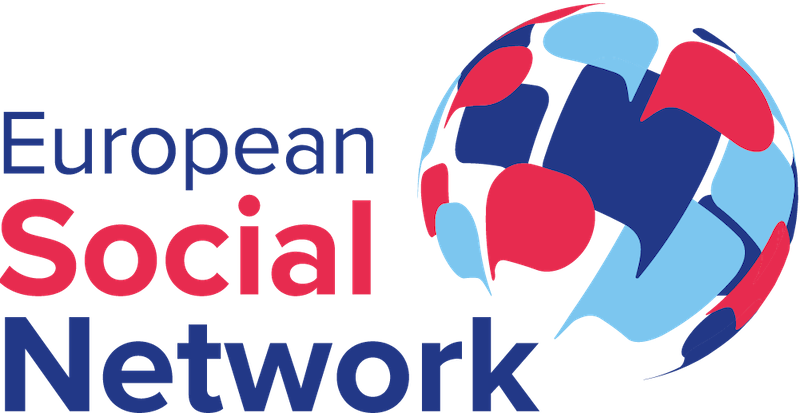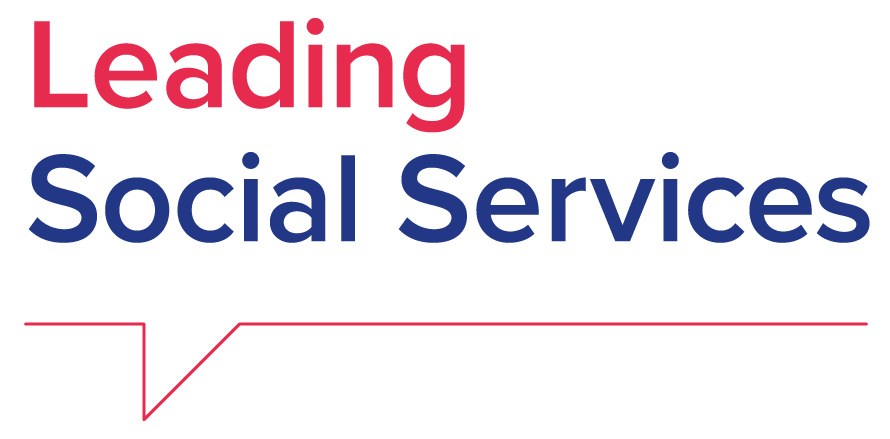Next month marks one year since the European Commission adopted its ‘Recommendation on developing and strengthening integrated child protection systems in the best interests of the child’, whose consultation process the European Social Network (ESN) contributed to.
The Recommendation aims to support EU Member States to develop and strengthen their child protection systems in order to shield children from any form of violence. National governments are encouraged to put children at the centre of their child protection systems and leverage EU funds and initiatives designed for this purpose, in particular the European Child Guarantee (ECG).
Child wellbeing demands dedicated funding and an integrated, preventive approach
The ECG is a key tool in combating child poverty and social exclusion and its multiannual design signals a stable commitment to child wellbeing – a reassuring element in a context of often discontinued EU policies. It is thus disconcerting that the European Parliament failed to include a dedicated budget of at least €20 billion for the ECG in its report on the European Social Fund Plus (ESF+) post-2027.
ESF+ is the only EU fund primarily focused on social policies and is essential to tackling social inequalities across Europe. In Italy, for example, it contributes to the social integration of poor and underprivileged children through the National Inclusion and Combating Poverty Programme 2021-2027.
Allocating adequate resources from both national and EU funds is crucial to ensuring children are safe from harm and able to reach their full potential. The ECG can play a vital role in supporting children from disadvantaged backgrounds and preventing risk factors from escalating into child protection concerns.
Moreover, breaking the cycle of disadvantage requires overcoming the traditional ‘silo’ mentality within services such as social welfare, education, health, and justice. The European Commission’s Recommendation calls for Member States to consider children’s needs in their entirety, which is why universal measures must be supplemented with specific programmes targeting the most vulnerable families and why professionals must work in partnership across disciplines and at different levels.
Child wellbeing requires a capable child protection workforce
The Recommendation also highlights the need for “active child participation in decision-making on critical matters affecting the protection of their rights”, an element that cannot be achieved without a sufficiently trained and resourced child protection workforce.
Research conducted by ESN within the framework of its 2024 seminar highlighted the need for a systematic shift towards a participatory culture in which children are listened to and their concerns are taken seriously. Over a third (35%) of those who responded to our questionnaire reported the lack of such a mentality as a significant or major barrier preventing children from accessing timely and appropriate child protection.
Communicating with younger children and using age-adequate participation methods were also identified as areas for improvement for child protection professionals across Europe. Nevertheless, good practice examples do exist and can be truly innovative. In parts of Denmark, for example, social workers utilise a digital survey to engage with children living in alternative care settings and monitor their satisfaction.
ESN’s commitment to integrated child protection
A number of promising initiatives by ESN members are featured in our latest publication: ‘Protecting Children: Working in Partnership across Children’s Services’, which brings together the discussions held during the seminar and the evidence collected through our questionnaire and subsequent literature review, both of which call for child protection systems to develop and implement a more comprehensive, interagency strategy.
Our efforts have been guided by the desire to contribute to the realisation of the European Commission’s Recommendation in order to promote a Europe where children are free from violence and receive a continuum of high-quality, holistic care. However, this aspiration can only be achieved if the European Commission and national governments put in place the necessary resources in the next multiannual financial framework to provide targeted support, through the ECG and other child-focused programmes, for the most vulnerable children.
As Alfonso Lara Montero, CEO of ESN, reiterated at the seminar: “Only then can we lift everybody up. Otherwise, what you do is make the gap bigger”.


